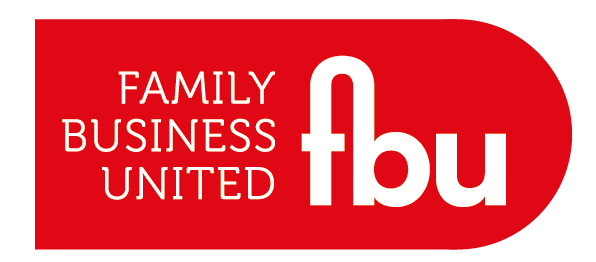
So how do families ensure that the next generation has that spark? Recent research suggests that, perhaps surprisingly, story-telling plays a big role.
If you ask a family what are the aims of their business – what is is for – they usually come up with a mix of financial and non-financial goals such as maintaining a good standard of living, keeping the business in the family, creating employment for other families, and social status.
Making money is not the aim of being in business. But it is a prerequisite for everything else. And increasingly these days families understand that re-invention – or innovation, or entrepreneurship – is vital to the continued success of a business.
So how do families ensure that the next generation has that spark? Recent research suggests that, perhaps surprisingly, story-telling plays a big role.
Earlier this year a study To Be or Not to Be: How Family Firms Manage Family and Commercial Logics in Succession was published, which examined 21 wine-producing families from Germany, all of which were in the process of changing ownership from one generation to the next.
This was a fairly unusual group of families, with an average age of 11 generations (the oldest was in the 33rd). The study found that the most entrepreneurial families tended to do certain things, such as insist that the next generation had practical training. They tended to have one owner, rather than dispersed ownership.
They also found that the most entrepreneurial families were all good at telling stories about themselves. “The innovative families have what we call an ‘Entrepreneurial Legacy’ that is passed from each generation to the next: a narrative about the family’s achievements and how it survived tough times,” wrote the authors in a recent Wall Street Journal article.
An example was the “great-great-great-great-uncle who rode his horse to Paris to repurchase the family winery at auction after it was seized by Napoleon.” The authors add: “Stories of how the family overcame theft, natural disasters, economic hardship and war are told repeatedly at the dinner table and family gatherings.”
Why is this so important? One reason, theorise the academics, is that it gives the current generation a sense of perspective. “It is hard to complain about losing a customer knowing your great-grandparents overcame war and starvation to build the business,” they write.
A second reason that story-telling is important is that it can be used to explain and frame the current owner’s decisions, to describe them in a way that makes them seem continuous with the activities of the past.
Nobody did this as obviously – or expansively – as Alberto Alessi, the heir of a successful but not-very-sexy Italian manufacturing business which made cutlery and coffee pots who turned it into a design empire whose products are displayed in art galleries.
A group of British academics have written a wonderful paper about this, called Succession Narratives in Family Business: The Case of Alessi, in which they describe how third-generation Alberto, who joined his family business in 1970, utterly changed its focus.
He obviously made many “standard” business decisions during his career, but also engaged in “intense narrative activity”, as the paper puts it, and they argue that “Alberto’s strategic construction of a family firm succession narrative was pivotal” to the business’s change of direction. This – as much as his commercial success – enabled him to take control of the business.
Alberto Alessi published four books, in 1979, 1989, 1998, and 2010, which total 718 pages. He used various “themes” and “storylines” throughout his writings to “legitimise” his succession and innovations. Alberto spent a lot of time – and one entire book, in fact – to explaining that his decisions and actions were continuous with those taken by his forebears.
He describes that book as: “The tale of how a deep-rooted, hard, traditional and perhaps even inward looking manufacturing tradition has blossomed into our own business venture, on the contrary characterized by constant innovation, open to experimentation and to the paradoxical results of casting from a poetic mould.”
This is described as a natural evolution, rather than a radical departure.
The books are peppered with photos of the family at work and socialising, which casts Alberto as someone who respects his family’s traditions. As the study’s authors write:
“On the one hand, the successor construes him/herself as an innovator as well as a caretaker of family traditions, rather than as a revolutionary figure in the firm who does everything anew and on his/her own. On the other hand, the strategic references to the actions of ancestors and relatives, as well as the warm tone of such references, underscore that the successor greatly values his or her family ties and family history.”
Alberto used other narrative techniques, and even re-frames commercial failures as triumphs in the sense that he continued with these innovative products despite them losing money. As such, he positions himself as dedicated to innovation – just as he says the older generations were.
One of Alberto’s books includes photographs of old Alessi products, which are described as underappreciated wonders of Italian design. These are not just tea-pots and fruit-holders, but the precursors of Alessi’s classic 1980s products.
That Alberto was successful – in taking over the business, and in turning it into a globally-recognised design brand – shows that his method has merit.
The lesson here is that understanding a business is not just about understanding spreadsheets, product and markets. It is also about knowing “what is this business for?”, which ultimately involves answering the deep questions “who am I?”, and “what should I do?”
Only by telling stories can you work those things out – and the better your stories, the clearer your answers.





%20copy%20(4)%20copy-Medium-Quality%20(1).jpg)


.png)






















